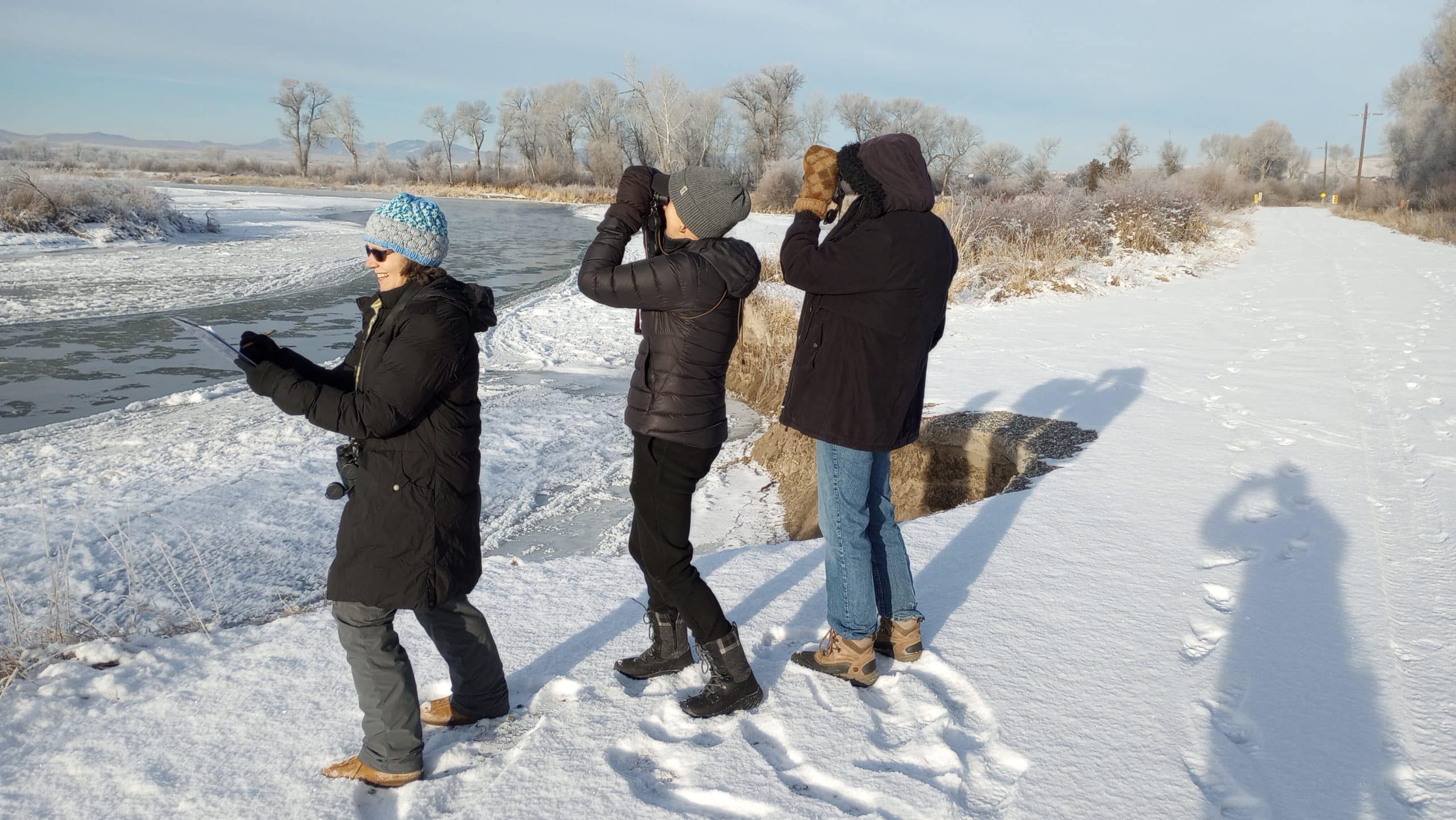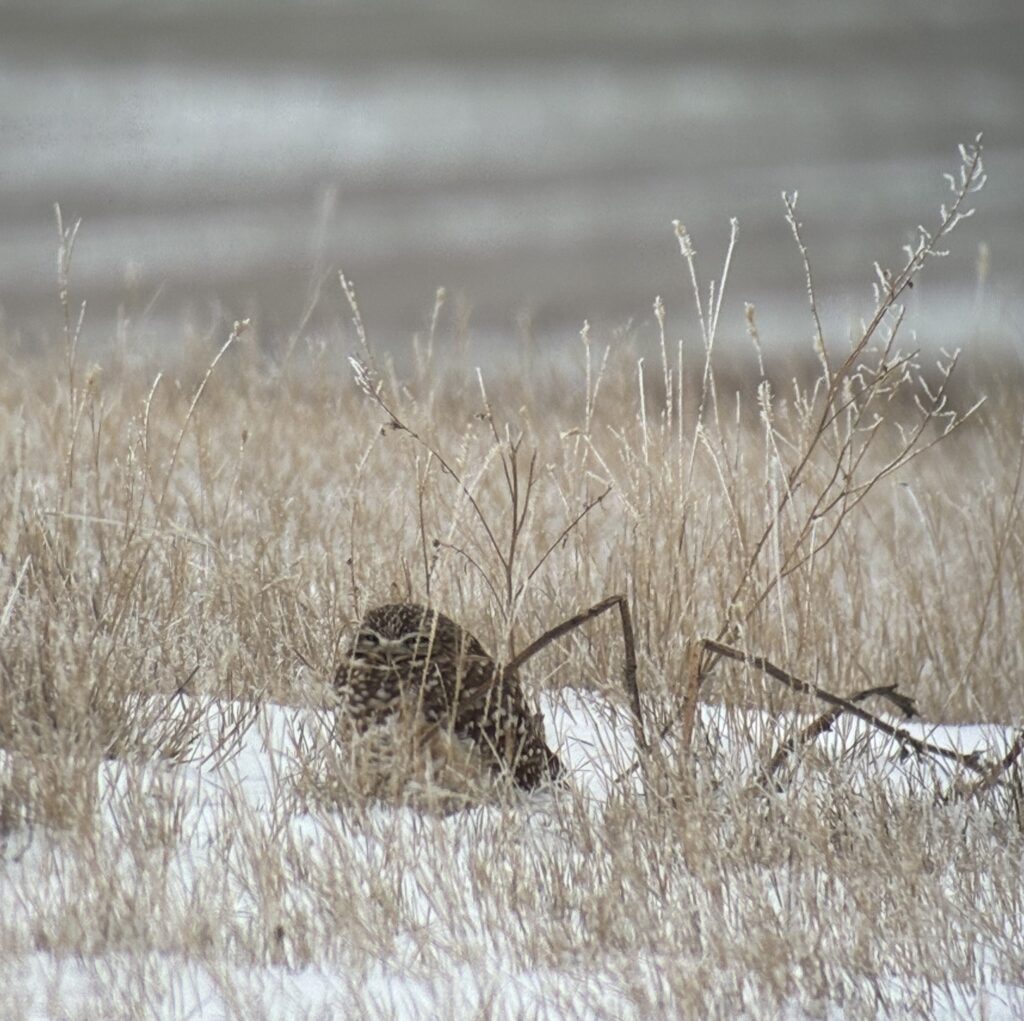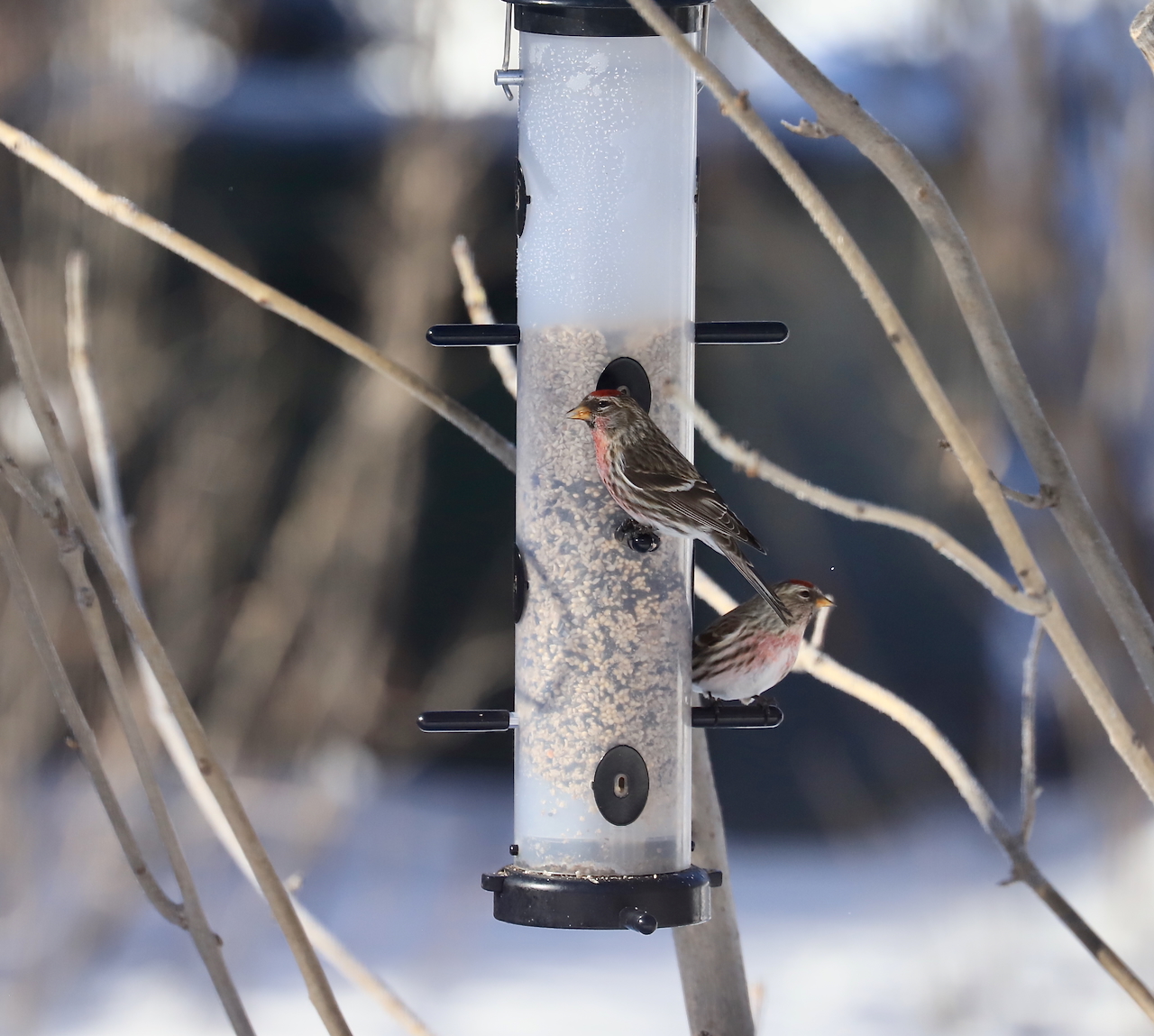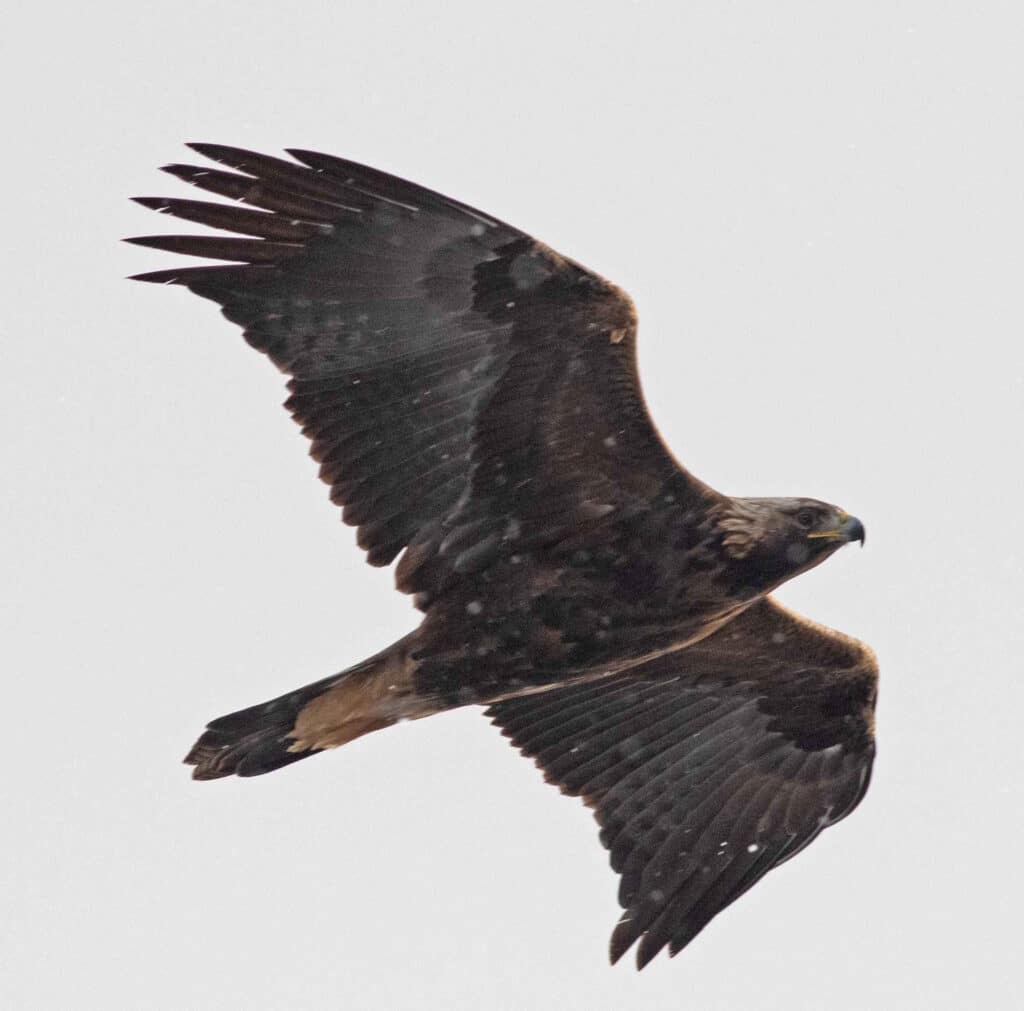Christmas Bird Count 2023
by John Parker
Overall, participation for this past season’s Christmas Bird Counts was quite good. No doubt the relatively mild weather conditions played a part in the good turnout. All the counts before Christmas even had bare ground to go with the warm weather. Thank you to everyone in the field and watching feeders!
The Ennis count started things off on December 14th with a calm sunny day. Fifty-seven species of birds were seen, including new high counts for Gadwall, House Sparrow, and Brewer’s Blackbird. The 13 Red-tailed Hawks and 26 American Dippers were one shy of record highs. Notwithstanding the Red-tailed Hawks, this year’s count was notable for the paucity of raptors. No accipiters were spotted and only one Golden Eagle and three Rough-legged Hawks were seen.
Bozeman’s count took place December 16th, on a beautiful sunny day. Seventy species were tallied, including two Great-tailed Grackles, which were new to the count. It was exciting to have Sandhill Cranes on the count for the second time. The three cranes were feeding on waste grain in a wheat field on the west edge of Bozeman. Nadine Brown had alerted us to the cranes’ presence before count day. A Spotted Towhee in west Bozeman was the fourth for the count. Virginia Rails were seen for the sixth time and equaled the high count record at two birds. New high counts were also established for Cackling Goose, Ring-necked Duck, Great Blue Heron, Black-billed Magpie, and White-breasted Nuthatch.
It was another ideal day for the Three Forks count on December 27th. A total of 61 species were found. The lone Hooded Merganser was only the fourth one for the count, and a single Harris’s Sparrow was the sixth for the count. Northern Pintail, Black-capped Chickadee, White-breasted Nuthatch, White-crowned Sparrow, Western Meadowlark, Red-winged Blackbird, and Common Grackle all had new high count totals. The 25 Western Meadowlarks in a single flock south of Willow Creek more than doubled the previous high count.
The Livingston, Gardiner and West Yellowstone counts were all conducted on December 17th, under near ideal conditions.
All the participants on the Livingston count were thankful for a calm day in the field. The count of only 47 species was about 10 fewer than usual, but one of those birds was arguably the best bird of this year’s counts. George Kelly found a Red-naped Sapsucker in a woodlot on the east side of town. There have only been about ten mid-winter records for Red-naped Sapsucker in Montana.
Gardiner tallied 33 species of birds, which is average. There were no real stand out birds, but higher than usual numbers of Green-winged Teal were seen along the Yellowstone River.
The total count for West Yellowstone also fell into the average category. The Belted Kingfisher along the Madison River was a nice winter find for the area. The real oddity and a new bird for the count was the Pinyon Jay that Kyle Moon found.
The beautiful weather continued into the new year for the January 2nd Ruby Valley count. There were 47 different species seen, including a Cooper’s Hawk– a new species for the count. Two Blue Jays that had been coming to Tom Forwood’s mother’s house in Sheridan were picked up as well.
One of the big take-aways from the warm and dry early winter was the very low numbers of Rough-legged Hawks. The lack of snow cover also allowed birds to spread across the landscape and not concentrate into smaller areas where they could more easily be found.
Winter returned with a vengeance the second week of January when an Arctic front ushered in extremely cold weather. In the days immediately preceding the front there was a flight (groups of 5-60 birds) of Snow Geese across western and central Montana. Perhaps these birds had lingered to the north during the mild early winter. In previous years there have been a number of instances of one to two Snow Geese sighted during the month of January, but nothing quite like this. Like the Sandhill Cranes on the Bozeman Christmas Bird Count, these geese were likely taking advantage of the lack of snow cover enabling them to feed in exposed grain fields.





